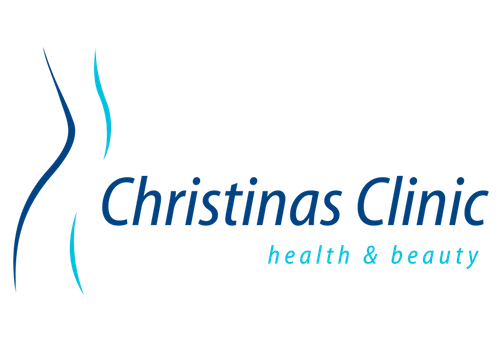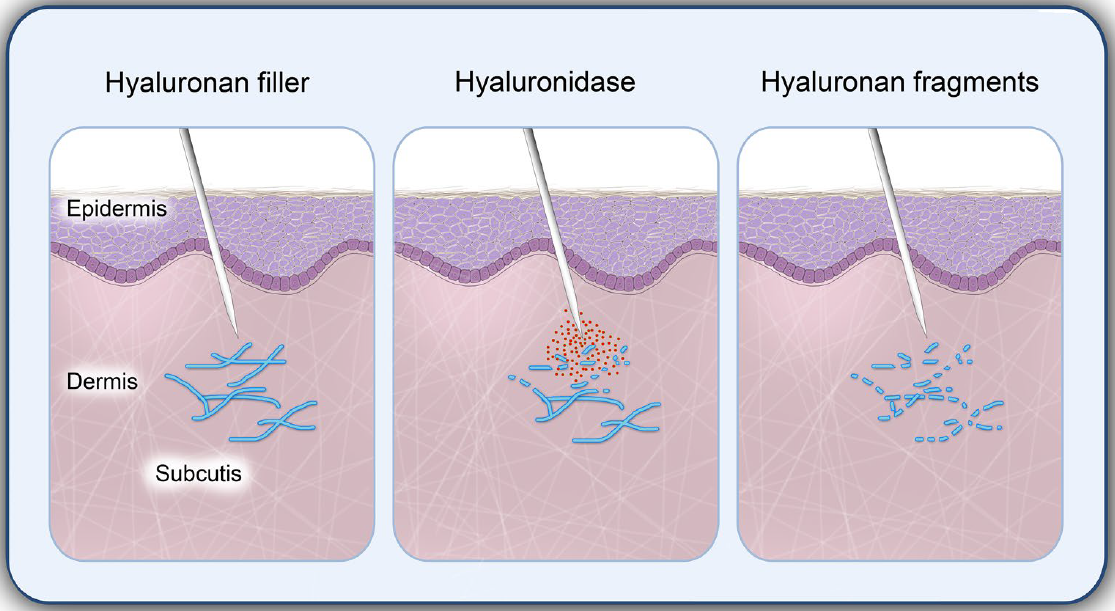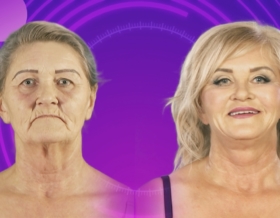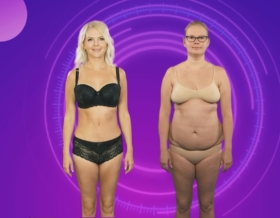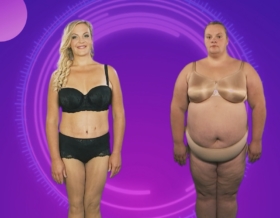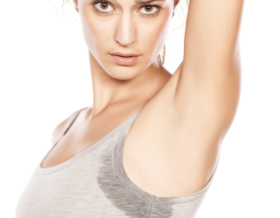 https://www.christinasclinic.ee/wp-content/uploads/sigrid_featured_image.jpg
1124
1343
cc
https://www.christinasclinic.ee/wp-content/uploads/Christinas-Clinic-LOGO.png
cc2023-02-22 13:56:082025-02-12 13:12:43Abdominoplasty brought back the joy of life after carrying triplets
https://www.christinasclinic.ee/wp-content/uploads/sigrid_featured_image.jpg
1124
1343
cc
https://www.christinasclinic.ee/wp-content/uploads/Christinas-Clinic-LOGO.png
cc2023-02-22 13:56:082025-02-12 13:12:43Abdominoplasty brought back the joy of life after carrying tripletsHyaluronidase – helper in case of unwanted filler injections
Today we are talking about the problem with what more and more patients have been turning to our clinic – incorrectly or excessively injected fillers. Did you know that with modern fillers, it is possible to recover from damage caused by incorrect or excessive injection? What is hyaluronidase and how does it help?
When talking about incorrectly or excessively injected fillers, people usually think of some of the more drastic examples of over injected celebrities, such as Donatella Versace or Human Ken / Barbie. Fortunately, over time, everything has changed, so the world of filler injections has evolved a lot as well, compared to both prior injection techniques and filler formulations. Most of the formulations of the filler injections today are made from hyaluronic acid.
What are filler injections and what has been the history?
Filler injections are designed to restore the volume of the skin, moisturize and smooth wrinkles in different areas of the face. They contain water-binding hyaluronic acid, which is found in the human body and which also attracts moisture from the air.
The first known filler injected to soft tissues was paraffin, but its usage as a filler was discontinued quite quickly due to complications. The main problems that caused the ugly results were the spread of the substance to the surrounding tissues and the formation of granulomas. A similar problem was with liquid silicone, which was later used as a filler, and the ugly uneven traces of which can still be seen on the faces of patients, who are continuously considered to be the icons of “beauty injections gone wrong”.
Granuloma occurs when the body does not absorb the filler, and is also unable to remove it from the body. The immune system surrounds the substance with macrophages, resulting in hard bullet-like formations in the skin or subcutaneous tissue that are visually uneven. Of course, silicone is no longer used for filler injections today.
Bovine collagen was the first officially approved filler formulation in the world, but as the results of those filler injections were only very short, the substance is no longer used. Nevertheless, it laid the foundations for a revolutionary development and started a new era of filler injection. The use of collagen in aesthetic medicine has remained in the form of, for example, PRP and PRF procedures, but various hyaluronic acid preparations or the patient’s own fat (for fat transplantation) are mostly used as fillers.
Soft tissue fillers are classified differently, for example:
- Based on the location of the injection: intradermal, subcutaneous, etc.
- By origin: animal, from the patient himself, synthesized from natural substances and fully synthetic
- Based on the lasting of the results: temporary (up to 6 months), long-term (6-12 months), semi-permanent (2-5 years) and permanent (over 5 years).
The hyaluronic acids (HA) used are temporary or long-term preparations of animal or semi-synthetic origin. Their lasting varies depending on which chemical bonds bind the particles and, consequently, the use also differs. Faster absorbing formulations are injected fairly superficially to moisturize the skin, medium lasting fillers are injected into the deeper layers of the skin or channels to give volume to soft tissues, and HA preparations with the strongest chemical bonds are injected to emphasize the skeleton during facial contouring.
What is hyaluronic acid and what is hyaluronidase?
Hyaluronic acid (HA) is a naturally occurring carbohydrate in our skin that attracts water and helps to keep the skin hydrated (moisturized) and full. Much of the hyaluronic acid in our body is found in the skin, but it is also found in the eyes, skeleton, blood vessels, and also in the umbilical cord.
Dissolution of preparations based on hyaluronic acid requires the breakdown of the chemical bonds of the substance with an enzyme called hyaluronidase. This enzyme is widespread in nature and is found in the organisms of various animal species – insects, reptiles, fish and mammals – mostly in the form of protein. There are six different types of hyaluronidase enzymes found in human organism.
Hyaluronidase only works to dissolve fillers consisting of hyaluronic acid and is not suitable for fillers such as calcium based Radiesse or lactic acid derivative based Sculptra.
With the help of hyaluronidase, it is possible to create a “clean canvas” of an over-injected face
Reports of the use of hyaluronidase date back to 1951, when Thorpe mentioned hyaluronidase as a procaine excipient with beneficial effects in his medical diary “Lancet”. Previously, it was used mainly in ophthalmology as an adjuvant for local anaesthesia; today the substance is widely used in dermatology and aesthetic medicine, in the latter mainly for reversing or reversing the procedure of filler injections. Of course, it may not be possible to improve the result or create a “clean canvas” only with one treatment, and in order to draw up a more detailed treatment plan, you must first consult specialists of injecting and also dissolving fillers.
Why are most customers not happy with the filler injections?
Who among us would not want our chosen place, preparations, price and the current competence of a specialist to be in a fair relationship of quality. Unfortunately, there are practitioners who do not have recent in-service training and who use injection techniques that are no longer recommended by most professionals in the field.
If any of the key quality assurance factors, unknown to the patient, are below the minimum quality level it often results in an unhappy patient with a failed aesthetic appearance.
In order to avoid such problems, it is recommended to examine at the first consultation which techniques the specialist is proficient in, which preparations are used and how long has the previous practice been. Incorrectly or excessively injected filler must be completely removed and the whole process started from the beginning. The number of hyaluronidase procedures in our clinic has recently increased dramatically.
Attention! This is a healthcare service. Christinas Clinic is licensed by the Health Board, permit L04361 (CBF Medical OÜ). The procedure is performed by Jevgenia Hammerberg (N10332).
